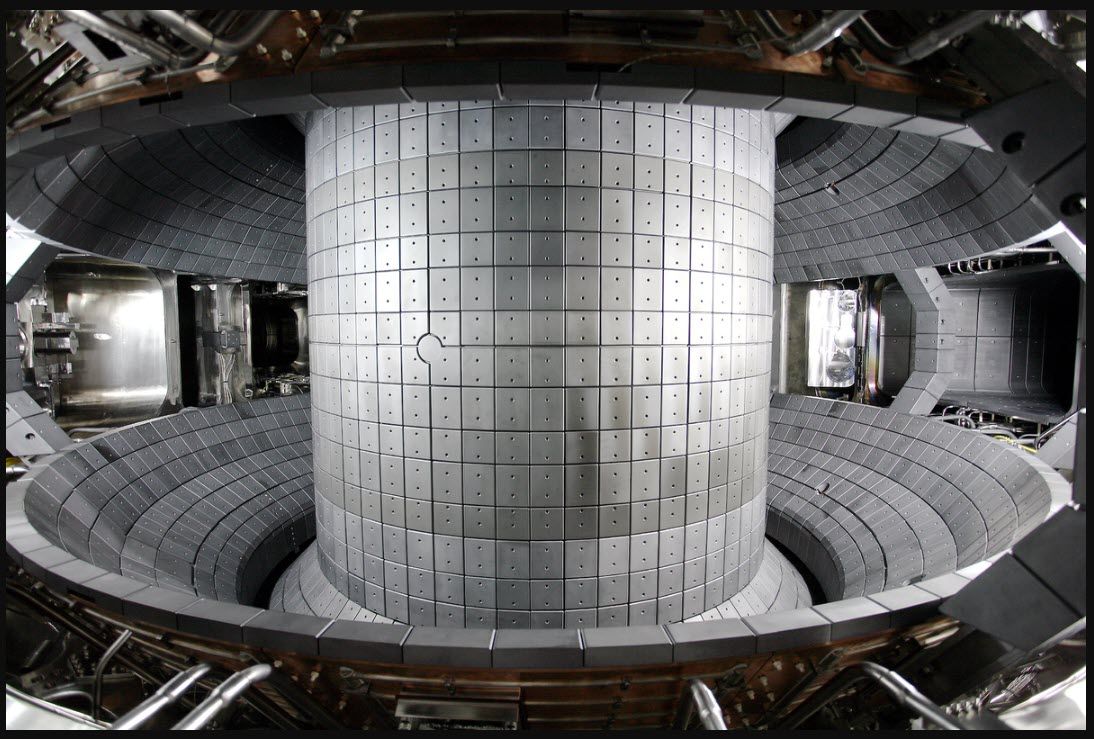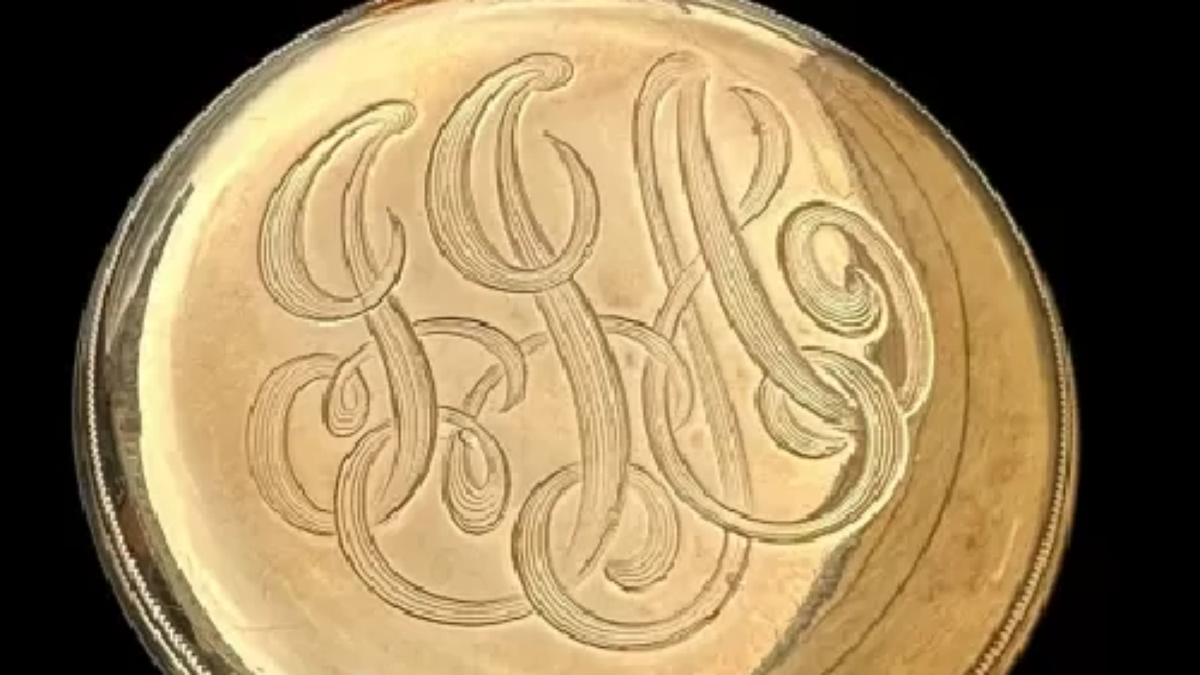Passing through the doors of a university building, through a concrete walkway and entering a foam-covered room, we find a miniature replica of one of the world’s most enigmatic monuments: Stonehenge.
The replica is not open to the public, but it could give the millions of people who visit the real site each year a better understanding of the imposing lichen-covered stone structure, which was built some 5,000 years ago.
Indeed, this scale model is a focus of ongoing research into the acoustic properties of Stonehenge, which attempts to discover what the structure’s sound might tell us about its purpose.
We know that the acoustics of places affect the way they are used. Therefore, understanding the sounds of a prehistoric site is an important part of archeology,” according to professor and researcher of acoustics Trevor Cox, of the University of Salford in Manchester, UK.
Stonehenge is the most famous and most architecturally complex stone circle in the ancient world. But archaeologists still don’t know who built it, or what it was used for.
There are theories indicating that it was used as a tomb, a place for healing, or even a heavenly calendar, since the voids in the outer stone ring are exactly in line with the summer and winter solstice.
But as time goes by, the massive monument built on a grassy hill in the Wiltshire countryside in southwest England remains a mystery.
“We’re finding out about it little by little, but we don’t think we’ll ever be able to find out some things,” says Susan Martindale, director of volunteers for the English Heritage organization that manages Stonehenge.
“We have no way of understanding why people started building it – and their reasons for continuing to work on it may have changed over the centuries before it was built,” she explains.
But thanks to Cox’s recent studies, we’ve learned fascinating details about one of the world’s most mysterious places. Stonehenge was like a giant echo chamber, amplifying the sounds generated within the circle for those inside and blocking out the sounds of those outside the circle.
The discovery made some people wonder if the monument was actually built as a ritual site for a small group of elites.
This breakthrough took a decade. While researching the “acoustic wonders of the world” 10 years ago, Cox began to wonder if studying Stonehenge’s acoustic properties could help reveal some of its secrets.
“I realized there was a technique in acoustics that hadn’t been applied before to prehistoric sites, and that was acoustic scale modeling,” he says. “I am the first to make a scale model of Stonehenge or any other prehistoric stone site.”
Turn on the old settings
Cox decided to create a 1:12 scale replica that could be tested inside the university’s semi-anechoic chamber—a virtually soundproof chamber that absorbs almost all noise thanks to the engineering foam covering every surface except the floor.
To create the replica, Cox was initially given a computer model by English Heritage, which allowed him to better understand what Stonehenge looked like in its full configuration, some 4,000 years ago.
“If you visit Stonehenge today, it’s a great site, but many of the stones are missing or have fallen to the ground,” he explains. “that it [configuração] It is a specific ruling. In fact, from about 2000 BC until now, it has changed a lot for about a thousand years.”
In all, the process of creating the 157 stones using 3D printing and modeling techniques took about six months. During this period, Cox recalls, his dining room floor was covered in bits and pieces of the project, in a relentless effort to achieve the quality of real stone on a grand scale.
When the stones were painted gray and arranged with the correct distribution according to the computer model, the challenges of the testing process began.
“Everything is 1/12 the actual size, which means we need to test the frequency multiplied by 12,” according to Cox. “You need to have speakers and microphones that work in those frequency ranges and they are not normally available.”
For each test, Cox and his team placed loudspeakers around the rocks and played the different frequencies they were interested in measuring.
Microphones in the room collected data on how the stones affect sound. Using mathematical manipulation, Cox was able to create a computer model that simulated the acoustic properties of Stonehenge and could distort sounds or music to give an idea of how it would sound inside the circle.
The result was a surprise. Although there is no floor or ceiling in Stonehenge, sound bounces back between the voids in the stones and stays inside the circle. In phonetics, this phenomenon is known as echo.
“We know that music is enhanced by frequency, so we figured if the music was played it would sound more powerful and impactful within the circle,” Cox explains.
One of the most prominent findings of Cox’s research is the effect of stones on the direction of sound.
In an open, natural environment, such as the grassy hill where Stonehenge was built, a person speaking with their back to a listener would only be understood about a third of the time. But the reflections of Stonehenge stones would have increased the sound by four decibels, increasing the sentence comprehension rate to 100%.
These results showed that Stonehenge would have allowed people inside the circle to hear each other well, while those outside the circle would have been excluded from any ceremonies that took place inside.
Cox’s research adds new information to a growing body of evidence that Stonehenge may have been used in rituals reserved for a select group of people. One study even suggested that the hedge may have been grown to obstruct the view of people who were not participating.
“The research certainly provides more information about how Stonehenge was used,” Cox continues. “Even if you turn your back, there are always reflections in the stones to enhance your voice, so it doesn’t really matter if you can’t see the person speaking. It will be very useful for verbal communication.”
Cox relates the acoustic properties of Stonehenge to the difference between standing in an empty movie theater versus a cathedral.
People who are used to walking inside and outside buildings may find the difference not so noticeable, but Cox points out that the late Neolithic people who built Stonehenge weren’t used to the acoustics of large walls and enclosed spaces. Perhaps they found the effect charming.
Might and Magic
After Cox published his initial results in 2020, he and his colleagues began grappling with new questions — how people within a circuit might change acoustics, for example.
The team recently completed a new set of measurements, placing up to 100 small wooden dolls around the model.
“We know that the people inside were going to change the acoustics, as we absorb the acoustics,” he explains. “We want to determine what might have changed when more people entered the circle, as there may have been people inside the circle during the festivities.”
This latest research also takes a closer look at how listeners hear sounds coming from different angles, such as how we perceive a sound to change when it comes at us from the side or from the front. Acoustic reflections from the sides, for example, increase the quality of music in a concert hall.
Cox hopes to publish the new findings later this year after reviewing his new dataset.
He acknowledges that unanswered questions about the real Stonehenge make it difficult to draw definitive conclusions about his work using the scale model. But it considers voice search as another tool to find more clues and build a clearer picture of a site’s characteristics.
“If we think of human ceremonies, they usually include some form of sound, whether it be music, speech, or chant. And we know that if they really want to be heard, people have to stay within the circle,” Cox explains.
“Now, the problem with acoustic archeology is that sound disappears, so we can’t always be sure what was done there.”
While Fox’s day-to-day work focuses on improving sound for people with hearing impairments, he now responds frequently to requests to discuss his research on Stonehenge.
“One of the things about this business is that you realize how powerful it is to people, how people really connect with it, and how fascinated they are by everything Stonehenge,” he says.
“I think it creates a mystery to our ancestors’ remarkable ability to create the most amazing monuments.”

“Music fanatic. Professional problem solver. Reader. Award-winning tv ninja.”

:strip_icc()/s03.video.glbimg.com/x720/12554906.jpg)




:strip_icc()/i.s3.glbimg.com/v1/AUTH_59edd422c0c84a879bd37670ae4f538a/internal_photos/bs/2020/k/a/v6HfrJT5iId2elaWSJHA/2020-07-29t180803z-995172041-rc263i9i6qpt-rtrmadp-3-science-stonehenge.jpg)
More Stories
A watch owned by the richest Titanic passenger was sold at auction for 7.47 million Brazilian reais
Hamas leader says there are no “major problems” with the truce proposal
A woman quits 27 minutes into work after figuring out how to do hotel cleaning